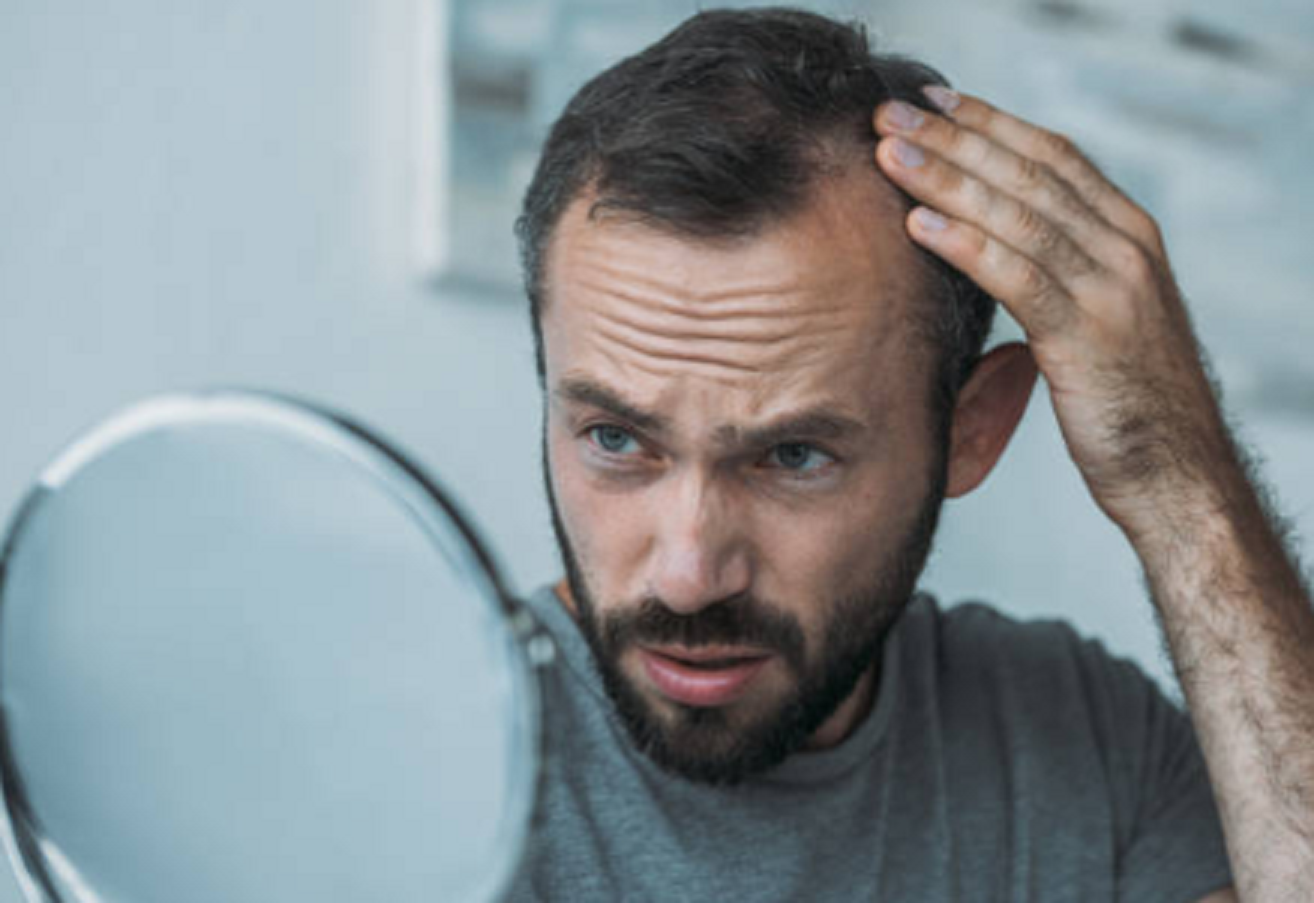Alopecia, commonly known as hair loss, is a concern that affects a large number of people around the world. This condition not only has aesthetic implications, but can also have a significant impact on the self-esteem and emotional health of those who suffer from it. In this article, we will explore in detail what alopecia is, its causes, types, diagnosis and available treatment options.
What is Alopecia?
Alopecia is a medical condition characterized by abnormal hair loss on the scalp or other areas of the body. This condition can manifest itself in various ways, from hair loss in small circular areas to widespread hair loss. There are several types of alopecia, with androgenetic alopecia and alopecia areata being the most common.
Causes of Alopecia:
- Androgenetic Alopecia: Also known as common baldness, this form of hair loss is related to genetic and hormonal factors. It affects both men and women, although baldness patterns may vary.
- Alopecia Areata: It is characterized by sudden, patchy hair loss due to an autoimmune response that attacks the hair follicles.
- Cicatricial Alopecia: Results from the destruction of hair follicles and can be caused by infections, trauma or inflammatory diseases.
Diagnosis of Alopecia:
The diagnosis of alopecia is usually made through clinical evaluation by a dermatologist or doctor specialized in hair diseases. Blood tests, skin biopsies, or more advanced studies may be necessary to identify the specific cause of hair loss.
Treatment and Management:
Treatments for alopecia vary depending on the cause and type of hair loss. Some common options include:
- Medications: For androgenetic alopecia, medications such as minoxidil or finasteride may be prescribed to stimulate hair growth.
- Corticosteroids: In the case of alopecia areata, topical or oral corticosteroids can help curb the autoimmune response and promote hair growth.
- Hair Transplant Surgery: For more advanced cases, a hair transplant may be considered, where hair follicles from donor areas are transplanted to the affected areas.
- Alternative Therapies: Some people choose complementary therapies such as acupuncture, micropigmentation or the use of wigs as temporary solutions.

